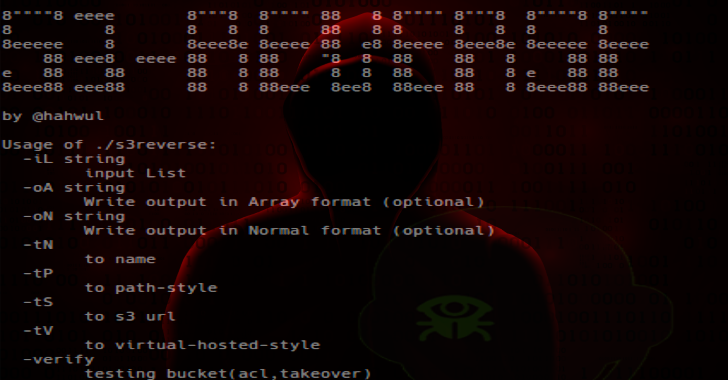XenoScan is a memory scanner which can be used to scan the memory of processes to locate the specific locations of important values. These types of tools are typically used when hacking video games, as they allow one to locate the values representing the game’s state in memory.
XenoScan is written in C++ with a Lua frontend, and I’ve been working on advanced functionality that goes beyond anything that has been in any other memory scanners I’ve seen. Notably, it has a way to enumerate and return all complex data structures (such as std::list and std::map) in the target’s memory space, and it can even scan for any class instances and group the discovered instances by their underlying types.
Also ReadDbgShell – A PowerShell Front-End For The Windows Debugger Engine
XenoScan Sub-projects
XenoLua
XenoLua is a wrapper around Lua that provides a ton of functionality. Most notably, it provides a LuaVariant class which wraps the functionality of converting between C/C++ and Lua types. Additionally, it has helper functions for working with Lua in the LuaPrimitive class.
XenoScanEngine
XenoScanEngine is the meat of the project. It contains the code for the scanning, data structure detection, and everything else.
XenoScanLua
XenoScanLua ties XenoScanEngine to XenoLua to provide a Lua-scriptable frontend for the scanner. Currently, this is the only entry-point to the scanner.
Additionally, this project contains some test code that ensures everything is working properly. A test is a combination of a .cpp, a .h, and a .lua file. For examples on how to use the scanner, you can check out the .lua test files.
Compiling
XenoScan uses CMake, and has been tested with Visual Studio 2017. In theory, you should be able to build the code with any modernish compiler, as long as you use CMake to generate the project files. Before you can compile, you will need to make sure you’ve checked out the submodules. Once that’s done, you’ll also have to build the luajit submodule so XenoScan can link against the libraries.
If you’re using Visual Studio, this should be easy. Simply run buildmsvc2017.bat from a Developer Command Prompt for VS. As an example, to build a project for Visual Studio 2017, I run
cd C:\path\to\XenoScan
buildmsvc2017.bat
Which would make a file named XenoScan.sln appear in my build directory (e.g. C:\path\to\XenoScan\build).
The main development of XenoScan is done on this version of Visual Studio.
Platform
The code is designed to be platform-agnostic. Theoretically, to compile on any other platform, you would need to
- Create project/make files for your target IDE/compiler.
- Remove the
ScannerTargetWindows.cppandScannerTargetWindows.hfiles from the project. - Implement the
ScannerTargetinterface for your platform. - Add your implementation to the project.
- ???? profit
Features
Basic scanning functionality supports the following types:
- Integral types*:
int8_tuint8_tint16_tuint16_tint32_tuint32_tint64_tuint64_t
floatdouble- ascii strings
- wide strings
- Custom data structures (think
C++struct)- Can consist of any combination integral and decimal types
* Lua frontend may choke on 64-bit integers, but the scanner library supports them.
Scanning supports the following types of matching:
- Equal to
- Greater than
- Greater than or equal to
- Less than
- Less than or equal to
- Ranges (
min <= check <= max)
Additionally, there is functionality to detect all instances of the following types:
std::mapstd::list- Any class with a virtual-function table
















